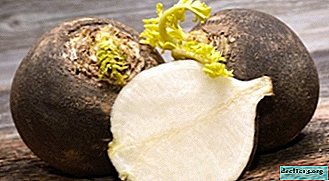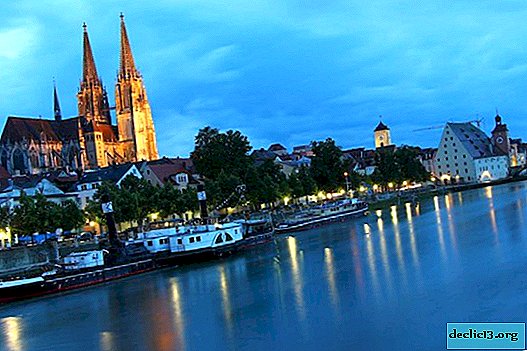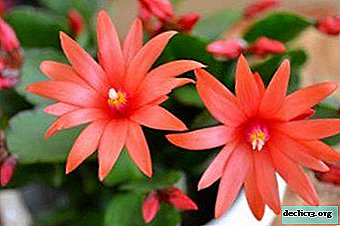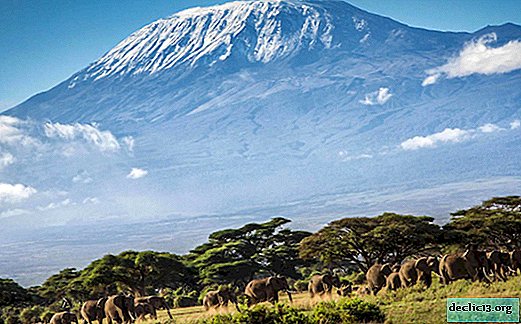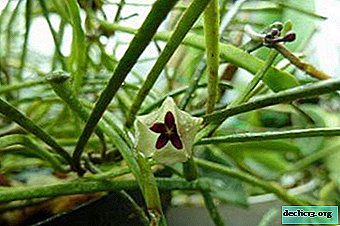Cossacks - who they are, where they live, features

The fate of the Cossacks - heroic, bitter and tragic, still excites society. The life of the ethnic group living in former times on the outskirts of Russia and the Commonwealth is based on the firm foundations of Orthodoxy, patriotism, respect for family traditions and foundations. The strength of these principles is confirmed by the centuries-old military service of the Cossacks, heroic deeds, folklore, preserved to our time.
Who are the Cossacks and where did they go

In our time, the formation of a new Russian society, the authorities are particularly interested in the experience of local Cossack self-government, which grew up on the experience of "veche" (Novgorod) democracy.
The first mention of Cossacks we find in the notes of the voivode Putivl, Mikhail Troekurov in the middle of the XVI century, which tells about groups of nomadic free people of their own free will, and not by sovereign decrees. Basically they were runaway "slaves" from the lordly "fortress". The constant search for the royal governor and the subsequent punishment did not give the opportunity to lead a sedentary lifestyle.
Only at the end of the 18th century did the autocracy evaluate the military potential of these independent and fearless people and endow them with land for communal use. So, the Cossack farms were replaced by the villages, Cossack districts and lands of the Astrakhan, Don, Kuban, Ural, Transbaikal troops.
The Charter "On the improvement of Cossack villages" existed in the code of laws of the Russian Empire, where issues of land tenure and land use were identified. Here is a fundamentally important provision: "The stanitsa society in the distribution of land subsistence and land is guided by rules based on ancient customs, and in no case violates them."
Video storyDon and Kuban Cossacks
Short story
In Russia, on January 3, 1870, the 300th anniversary of the creation of the Don Cossack Army was solemnly celebrated. Date January 3, 1570 is under a welcome letter to the Cossacks of Ivan the Terrible. But the origin of Don quality dates back to the beginning of the 16th century, when Cossack detachments were part of the troops of Ivan III.
In 1552, Cossacks participated in a campaign in Kazan. Until 1584 they were considered "free", and this year Don Cossacks swore allegiance to Tsar Fyodor Ivanovich Romanov.
A more complicated history of the Kuban Cossack army. Its founders, immigrants from the Zaporizhzhya Sich, oppressed by robbery by Russian tsars. The Cossacks of Kuban, headquartered in Yekaterinodar (present-day Krasnodar), united in their ranks free people of many nationalities. In addition to Russians and Ukrainians, there were representatives of the peoples of the Caucasus. So a separate ethnosocial culture was founded. In 1792, by royal decree, the army was granted land on the banks of Taman and Kuban for unlimited use. The villages of the Kuban army played the role of the border post of Russia in the south.
Cossack Service

The Cossack entered the military service at the age of 19 and remained on it for 25 years, and only after that he retired. Urgent service was identified in the Cossack regiments at 4 years old. In addition, once every 5 years, a Cossack was attracted to monthly training camps, where he confirmed his fighting skills. He was obliged by order to appear with his weapons, war horse, harness. Tactical exercises were held at the training camps, modern weapons were studied, accounting firing was carried out, horse ownership was checked.
As the service progressed, the Cossacks were promoted, awarded with orders and medals. There are many epics and legends about examples of courage and heroism of the Cossacks. The memory of grateful descendants forever imprinted the exploits of the ataman M. Platov in battles with the army of Napoleon, the Cossack Kozma Kryuchkov, who served in the First World War and was awarded the first St. George Cross. A fresh example is the feat of the full St. George cavalier, Hero of the Soviet Union K.I. Nedorubov during the Second World War, who proved the effectiveness of cavalry in a machine war.
Cossacks are warriors and farmers. The tsarist government objectively assessed the economic contribution of the Cossacks to the state budget. Cossacks skillfully used new agricultural machinery, fertilizers. Yields on Cossack plots were high. Brought up from childhood in the tradition of respect for work, they kept the export potential of Russian grain at the proper level. And it was also a service.
How to become a Cossack
In the Cossacks, such a formulation of the question is considered vulgar. The traditional formula in their midst is that you can only be born a Cossack. Here we are talking about fidelity to the memory of our ancestors, about the atmosphere of a family that honors the deeds of our fathers, about Orthodoxy - a necessary core of morality. Attempts were made to revive this way of education: Cossack classes were created in high school, Cossack companies were organized in the modern army, Cossack ranks and posts, orders and awards were returned among adherents of ethnic traditions.
But it should be noted that school education is gradually shifting towards cadet classes, innovations in the army do not take root too much. We have to admit that there is no great confidence in the revival and new greatness of the Cossacks in our society. And the decision of the authorities to rehabilitate the Cossacks, who suffered during the civil war, is mostly cosmetic.
Having decided to join the Cossack society, you will need to observe a number of rules:
- The candidate must be of legal age.
- To be Orthodox.
- To support the ideology of the Cossacks, to know and honor their traditions and customs.
- Be a traditional sexual orientation.
- Have a voluntary desire.
- To join the community, you must submit an application addressed to the chieftain of the nearest village or district association.
- The recommendations of two people, consisting in a combination of two years or more, will be required.
- Documents about education, military service, awards (if any) must also be presented.
- At the Cossack gathering there is a vote. When approved by a majority vote, the newcomer is set a trial period, during which it is necessary to study the charter, decrees, rules, instructions, to participate in community activities.
- At the end of the probationary period, if everyone was satisfied, a ritual of initiation takes place, where a priest, chieftain, and all representatives of the association are invited to attend. A beginner receives a Cossack certificate and permission to carry knives.
Interesting Facts
- Cossack in translation from the Turkic language is a free, independent person.
- Cossacks formed their "states", called troops - the Zaporizhzhya Army, the Don, Cherlenny Yar. From one such army-state, modern Ukraine was formed.
- Cossacks took part in wars on the side of various nations: Turks, Poles, Russians, and even Germans.
- Siberia was mastered almost due to the Cossack troops.
- The flag of the Cossacks has three colors: yellow, red, blue. This is a symbol of unity of three peoples - Russians, Kalmyks, Cossacks.
Cossacks in the modern world - features and responsibilities

Today the movement for the revival of the Cossacks is growing. The patriotism of modern Cossacks has become one of the obstacles to the rampant squandering of national wealth. Society as a whole loses its moral component, and less and less appreciates family ties. Therefore, it is so important to listen to the voice of the modern Cossacks.






